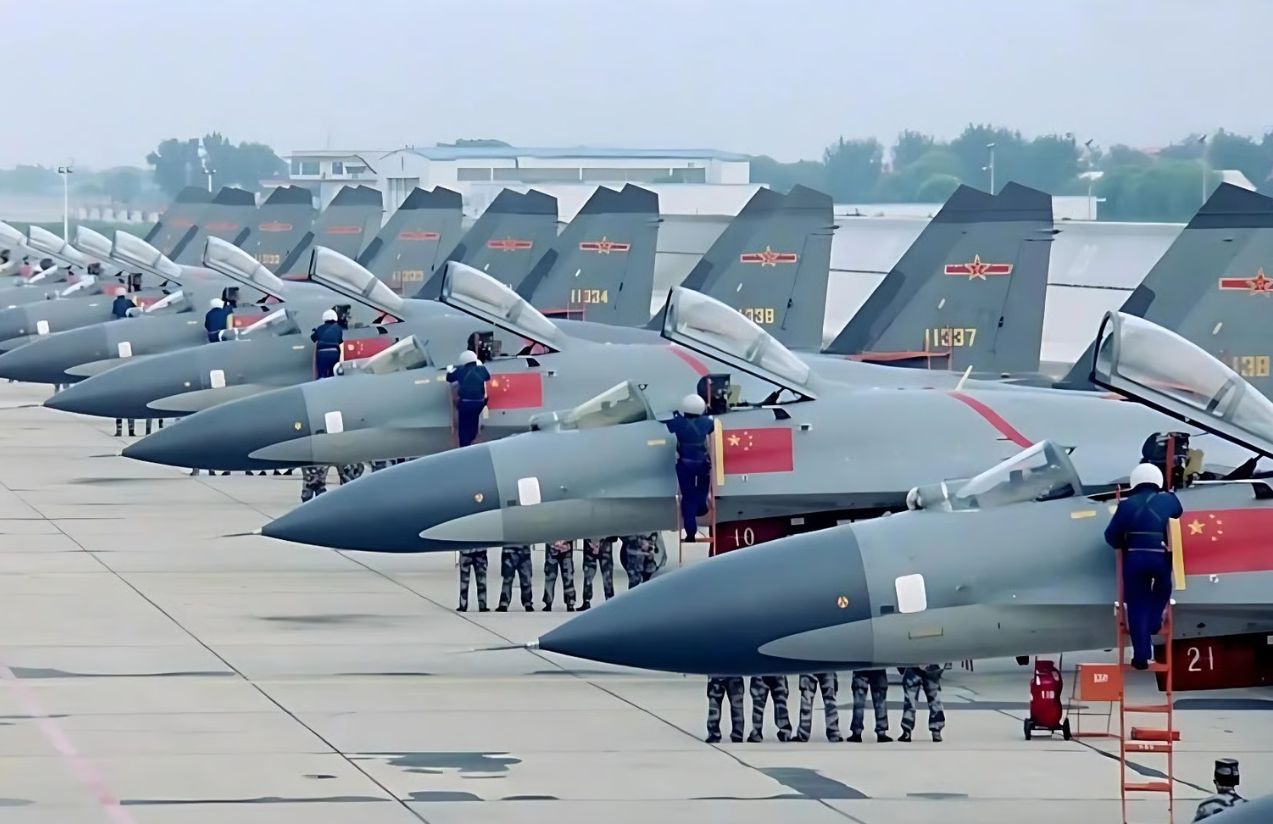In a fresh show of military force, China sent 74 aircraft toward Taiwan between Thursday night and early Friday morning, 61 of which crossed the median line of the Taiwan Strait — an unofficial boundary separating the two sides. According to Taiwan’s Ministry of Defense, it was one of the largest aerial deployments in recent months. The Chinese aircraft — including drones, fighter jets, early warning planes, and other support aircraft — flew in two separate waves, accompanied by six warships.
While the exact motive for the operation was not immediately clear, the show of force came amid growing tensions in the region and just a day after the British patrol vessel HMS Spey sailed through the strait — a move welcomed by Taiwan, which sees such passages as affirmations of the strait’s status as international waters.
“The transit of HMS Spey once again reaffirms that the Taiwan Strait is an international waterway,” Taiwan’s Ministry of Foreign Affairs said in a statement. “We encourage the United Kingdom and like-minded countries to carry out such transits to safeguard peace and stability in the region, and to promote a free and open Indo-Pacific.”
The British office in Taipei defended the legality of the transit, stating that it was conducted in accordance with international law and the principles outlined in the United Nations Convention on the Law of the Sea (UNCLOS). “Wherever the Royal Navy operates, it does so in full compliance with international law and exercises its right to freedom of navigation and overflight,” the statement read.
China swiftly condemned the move. The Eastern Theater Command of the People’s Liberation Army (PLA) labeled the passage a “deliberate provocation” and said it had “effectively monitored and responded” to the vessel’s activity. In a statement posted on social media, Colonel Liu Runke accused the UK of “distorting legal principles” and “misleading public opinion” with political motives. He added that the PLA “maintains a high level of readiness” and is “fully prepared to counter any threat or provocation.”
On Friday, Taiwan’s Defense Ministry reported a sharp uptick in Chinese military activity around the island. In its daily update, it said 46 aircraft — including fighter jets, bombers, drones, and helicopters — had crossed the median line of the strait and entered the northern, southwestern, and eastern sectors of Taiwan’s self-declared Air Defense Identification Zone (ADIZ), marking the highest number of incursions since October last year.
From Beijing, China’s Foreign Ministry reiterated its firm stance: “Taiwan is an inseparable part of Chinese territory,” said spokesperson Guo Jiakun, who also accused Taiwan’s ruling Democratic Progressive Party (DPP) of attempting to alter the historical trend toward “reunification.”
The latest escalation follows a call from Taiwanese President William Lai to strengthen surveillance in the face of mounting military pressure from Beijing. China, which has viewed Taiwan as a breakaway province since the civil war in 1949, has never ruled out the use of force to achieve its reunification goals.
The Taiwan Strait, one of the busiest maritime routes in the world, has become a hotspot in the broader geopolitical rivalry. Warships from the United States and its allies regularly pass through the strait, despite repeated protests from Beijing, which claims both the waterway and the island as integral parts of its sovereign territory.

